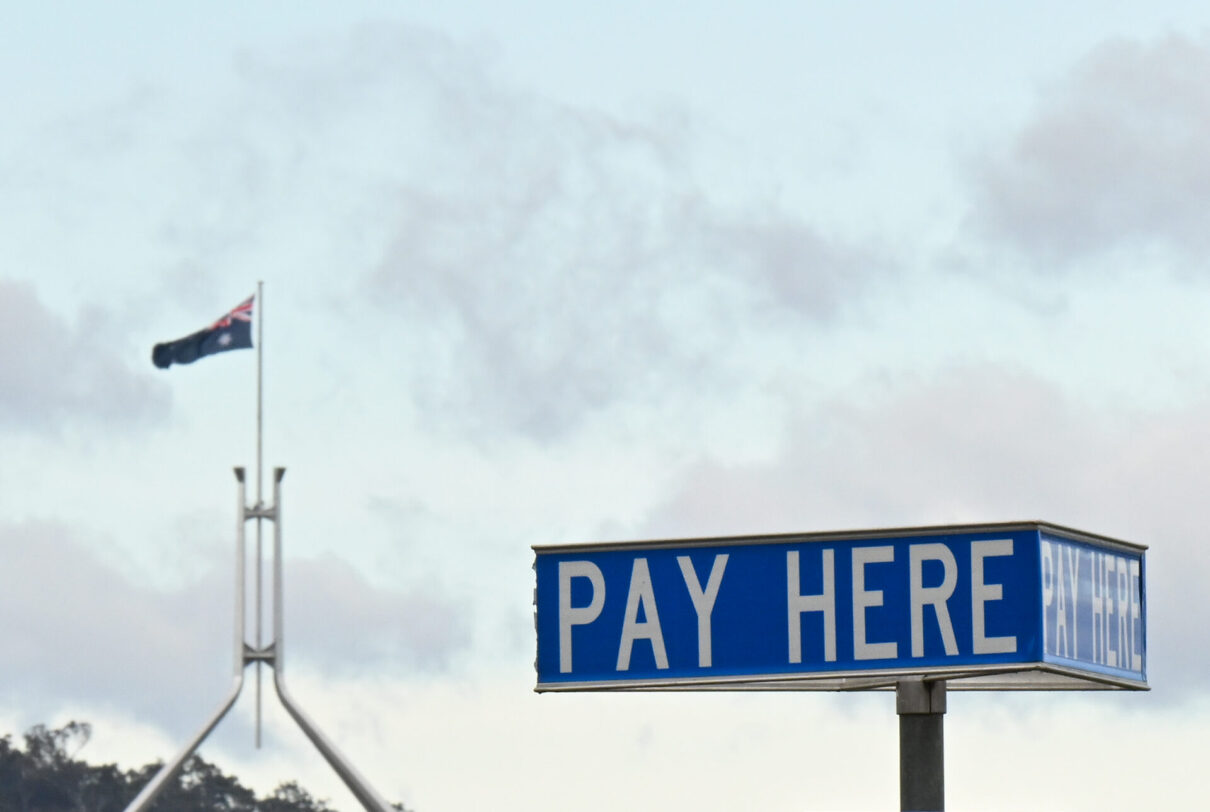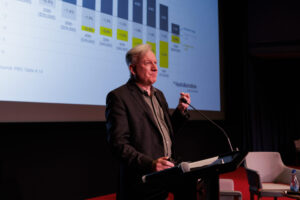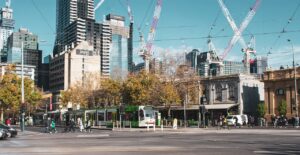
In the past year 3.7 million Australian households experienced moderate to severe food insecurity, meaning they were going hungry, skipping meals or going entire days without eating.
If this doesn’t show how tough times are, consider that this was a brand-new experience for 77 per cent of respondents in the survey released by the charity Foodbank this week.
While the main culprit is the rising cost of living – almost 80 per cent of food insecure households cited high or increased living expenses as a problem – 42 per cent said that income benefits were a contributing factor. Despite this, Australians are told that we can’t afford to raise the rate of JobSeeker to above the poverty line. But that is simply not true.
While this year’s budget gave recipients of the payment a $40 a fortnight boost, the rate – about $750 a fortnight for a single person without children – remains well below the poverty line. In response to calls to raise the rate that came thick and fast in the lead up to the budget, Treasurer Jim Chalmers and Social Services Minister Amanda Rishworth were quick to argue that “we can’t fund every good idea”. Somehow though, we can still afford the stage-three tax cuts, and the cost of a fleet of AUKUS submarines.
Australia is one of the wealthiest countries in the world. We have the 11th highest average income among the nations that make up the OECD, and we are the third richest country per adult in the world, behind only Switzerland and the US. Government debt is low by world standards – it sits at 70 per cent of GDP, compared to the OECD average of 89 per cent.
So why are we so often told we can’t afford the kinds of things – increasing JobSeeker, universal childcare, invest in the ailing Medicare system, free higher education – that would lift people out of poverty and help all of us? Perhaps it is because Australia is also one of the lowest taxing nations in the OECD – we rank 29th out of 38.
Determining where revenue comes from and how it is spent are fundamentally democratic questions. Should we tax big polluters or low-income households? Should we subsidise fossil fuels or childcare? Should we provide tax concessions for wealthy investors or close tax loopholes for multinational corporations?
These are questions about how we want our democracy to function as much as they are questions about our economy, and this is what experts from government, academia, and civil discussed this week at the Australia Institute’s 2023 Revenue Summit. Australia is desperately overdue for a serious debate on tax reform.
New research came out this week suggesting multinational profit-shifting deprived Australia of $11 billion in tax in 2020 and that some Australians are holding more than $370 billion in “tax haven” countries. But when it comes to conversations about revenue, the elephant in the room is the stage-three tax cuts, which are set to take effect at the end of this financial year.
The stage-three tax cuts will cost $313 billion in foregone government revenue over the next 10 years, more than half of which will go to those earning more than $180,000 a year. In their first year the stage-three tax cuts will cost $20.4 billion, which is more than the Commonwealth spends each year on the Pharmaceutical Benefits Scheme ($18.1 b), childcare subsidies ($13.5b), public universities ($11.5b) or air force capabilities ($9.4b).
This lost revenue could do a lot of good in our community, and while it is unlikely that everyone would agree on how it could be spent, we have to consider the consequences of the decision to proceed with the cuts, because it will have repercussions for years to come.
Perhaps the only thing the stage-three tax cuts would struggle to pay for is the AUKUS submarines. While there are too many unknowns to allow anyone to put a realistic price tag on the subs, the figure of $368 billion is widely cited. What else could that pay for?
“Can’t afford” is a powerful argument. We often hear that it would be irresponsible to do things we can’t afford. But who gets to say what we can and can’t afford to spend our collective revenue on? “Can’t afford” is too often just a polite way of saying “don’t want to”.
We are told we ‘can’t afford’ these things, but never that they aren’t a priority. Buying a fleet of very expensive submarines, and giving a huge tax cut that will disproportionately benefit high income earners is a choice, and not one determined by what we can afford.
Perhaps the one thing we really cannot afford to do is ignore the opportunity cost of spending hundreds of billions of dollars on submarines, and letting $313 billion go in permanent tax cuts, mostly for high income earners.
Other countries make different decisions about revenue with different consequences for democracy and equality. Denmark, Finland, Sweden, and Norway make up four of the highest taxing nations in the OECD. They also provide social services that put the rest of the world to shame.
Between the Lines Newsletter
The biggest stories and the best analysis from the team at the Australia Institute, delivered to your inbox every fortnight.
You might also like
Victoria’s Electoral Laws Need Truth in Advertising and Fair Rules for New Entrants
Victoria should adopt truth in political advertising and address the unfairness created by its donation cap and public funding model.
Stage 3 Better – Revenue Summit 2023
Presented to the Australia Institute’s Revenue Summit 2023, Greg Jericho’s address, “Stage 3 Better” outlines an exciting opportunity for the government to gain electoral ground and deliver better, fairer tax cuts for more Australians.
Whether Australia’s budget has a surplus tells us little about the government’s worth – it’s all on the choices made
We are now a month away from the 2024-25 budget. And as with all budgets, the choices made matter much more than any big numbers that get the media attention.

